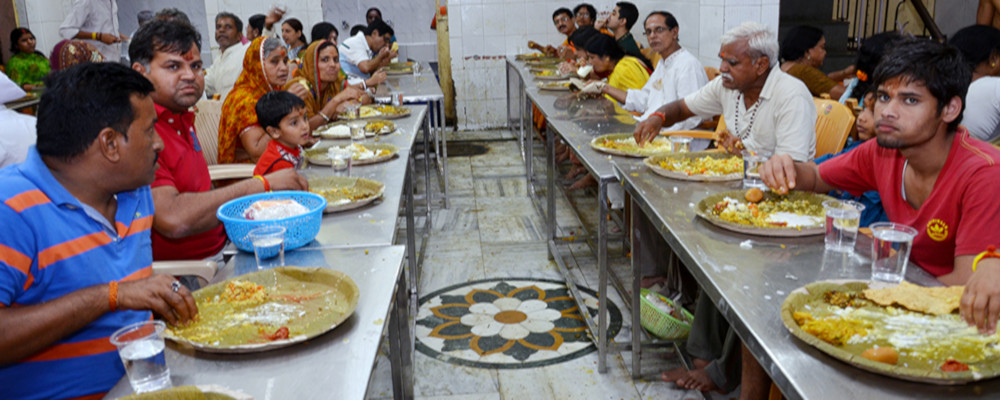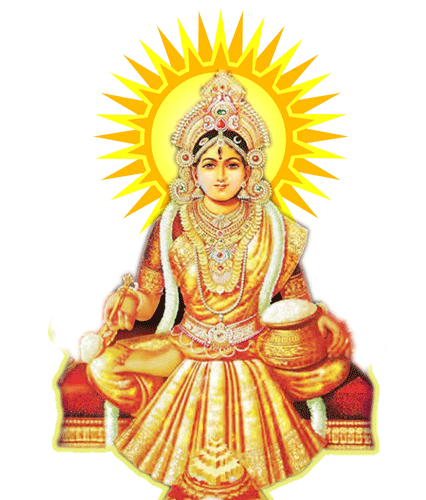Annadanam Scheme

The Ganges or Ganga , is a trans-boundary river of India and Bangladesh. The 2,525 km (1,569 mi) river rises in the western Himalayas in the Indian state of Uttarakhand, and flows south and east through the Gangetic Plain of North India into Bangladesh, where it empties into the Bay of Bengal. It is the longest river of India and is the second greatest river in the world by water discharge. The Ganges basin is the most heavily populated river basin in the world, with over 400 million people and a population density of about 1,000 inhabitants per square mile (390 /km2). The Ganges is the most sacred river to Hindus and is also a lifeline to millions of Indians who live along its course and depend on it for their daily needs.It is worshiped as the goddess Ganga in Hinduism. It has also been important historically: many former provincial or imperial capitals (such as Patliputra,[8] Kannauj,[8] Kara, Kashi, Allahabad, Murshidabad, Munger, Baharampur, Kampilya and Kolkata) have been located on its banks. The Ganges begins at the confluence of the Bhagirathi and Alaknanda rivers. The Bhagirathi is considered to be the true source in Hindu culture and mythology, although the Alaknanda is longer.[18][19] The headwaters of the Alakananda are formed by snowmelt from such peaks as Nanda Devi, Trisul, and Kamet. The Bhagirathi rises at the foot of Gangotri Glacier, at Gaumukh, at an elevation of 3,892 m (12,769 ft). History: The Late Harappan period, about 1900–1300 BCE, saw the spread of Harappan settlement eastward from the Indus River basin to the Ganges-Yamuna doab, although none crossed the Ganges to settle its eastern bank This river is the longest in India.During the early Vedic Age of the Rigveda, the Indus and the Sarasvati River were the major sacred rivers, not the Ganges. But the later three Vedas give much more importance to the Ganges. The Ganges is a sacred river along every fragment of her length. All along her course, Hindus bathe in her waters. All along her course, they pay homage to their ancestors and to their gods by cupping her water in their hands, lifting it and letting it fall back into her; they offer flowers and rose petals and float shallow clay dishes filled with oil and lit with wicks (diyas).[47] On the journey back home from the Ganges, they carry small quantities of her water with them for use in rituals (Ganga jal, literally water of the Ganga).[48] When a loved one dies, they return to the Ganges to consign the ashes to her custody.


 Our Trusts
Our Trusts